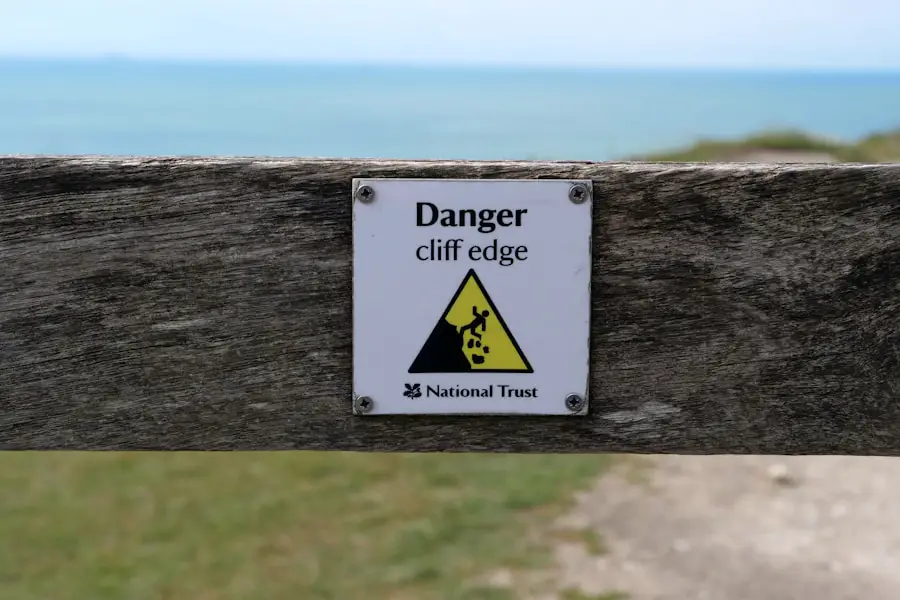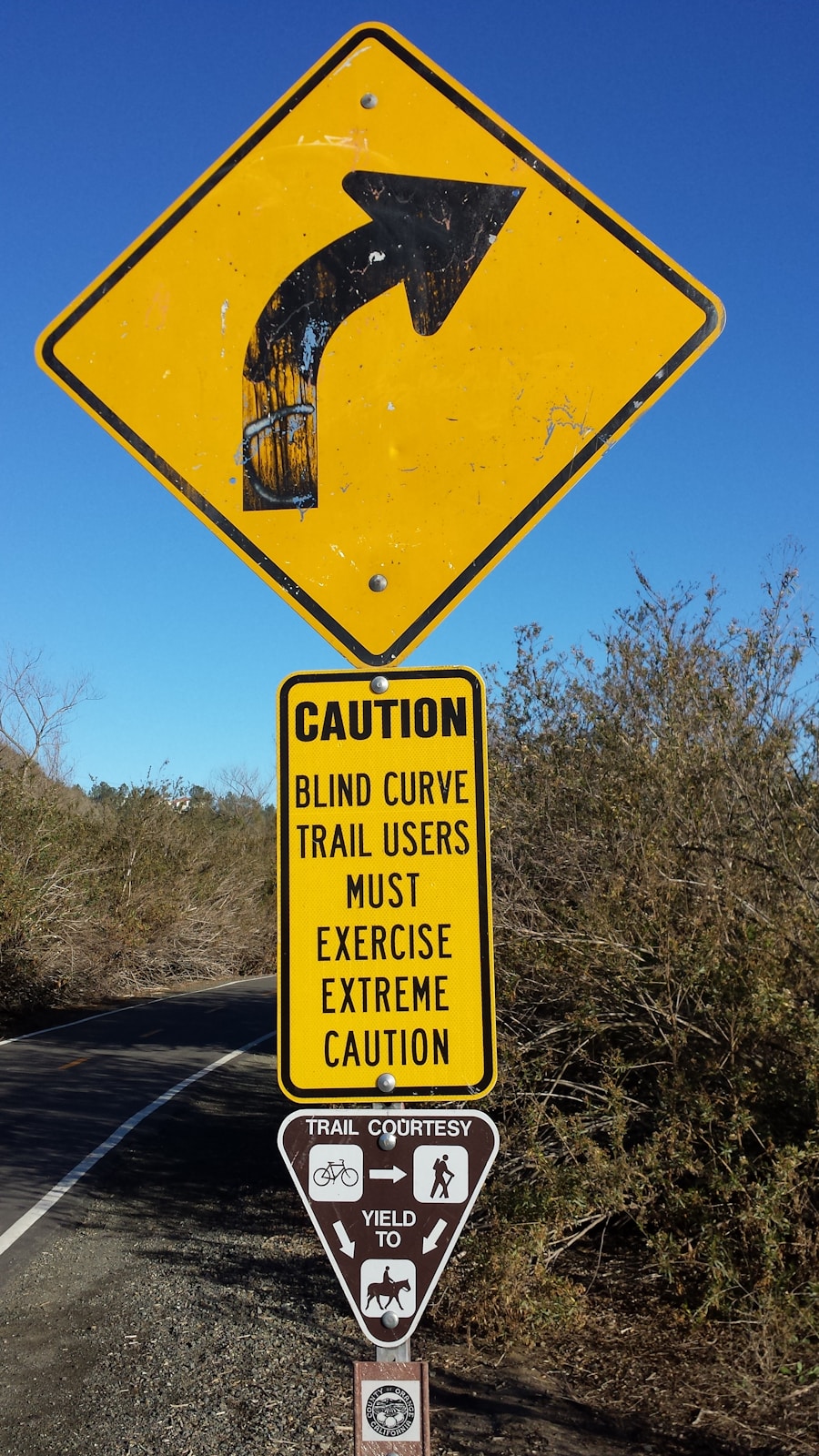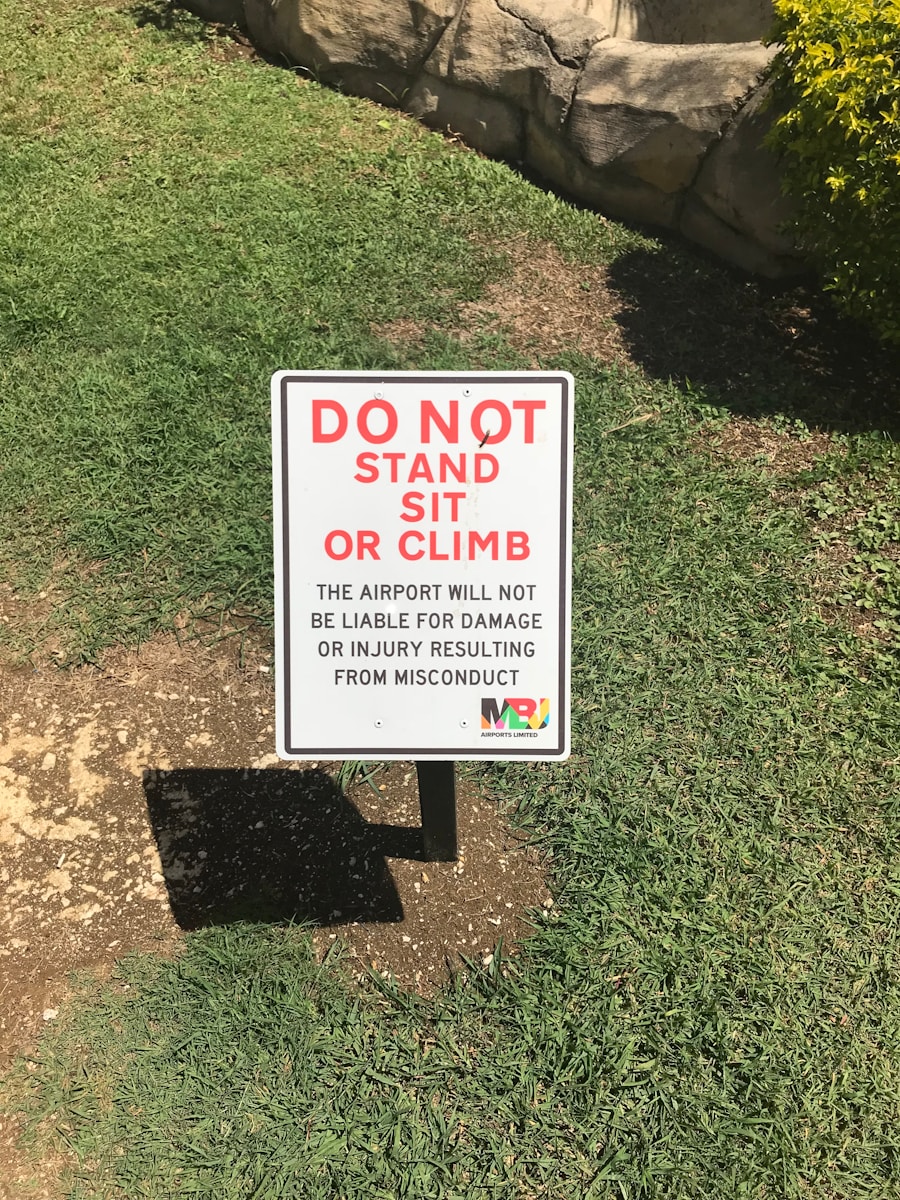Hiking, while an invigorating and rewarding activity, is not without its inherent risks. The allure of nature often draws individuals into environments that can be unpredictable and challenging. Factors such as weather conditions, terrain, and wildlife can all pose significant threats to hikers.
For instance, a sunny day can quickly turn into a storm, leading to slippery trails and reduced visibility. Additionally, hikers may encounter steep inclines or rocky paths that require careful navigation. Understanding these risks is crucial for anyone looking to embark on a hiking adventure.
Moreover, the physical demands of hiking can also lead to injuries if one is not adequately prepared. Strains, sprains, and blisters are common ailments that can occur during a hike, particularly for those who may not be in peak physical condition. Furthermore, the psychological aspect of hiking should not be overlooked; feelings of isolation or anxiety can arise, especially in remote areas.
Recognizing these potential hazards allows hikers to take proactive measures to mitigate risks and enjoy their time in nature safely.
Key Takeaways
- Hiking involves inherent risks such as falls, wildlife encounters, and getting lost, so it’s important to be prepared and aware of potential dangers.
- Common dangers on the trail include uneven terrain, extreme weather conditions, and encountering wild animals, so hikers should be cautious and prepared for these situations.
- Preparing for a safe hike involves researching the trail, checking the weather forecast, packing essential supplies, and informing someone of your hiking plans.
- Hiking offers physical health benefits such as improved cardiovascular fitness and muscle strength, as well as mental health benefits like reduced stress and improved mood.
- Safety tips for hikers include staying on marked trails, bringing enough water and food, wearing appropriate clothing and footwear, and being mindful of wildlife and natural surroundings.
Common Dangers on the Trail
The dangers that hikers face on the trail can vary widely depending on the location and conditions. One of the most prevalent threats is the risk of getting lost. Many trails are poorly marked or can become confusing, especially in dense forests or mountainous regions.
A hiker who strays from the path may find themselves disoriented and unable to retrace their steps. This situation can escalate quickly, leading to dehydration or exposure if one is unprepared for an extended stay in the wilderness. Wildlife encounters also present a significant danger for hikers.
Depending on the region, hikers may come across bears, snakes, or other potentially dangerous animals. While many wildlife encounters are harmless, it is essential to understand how to react appropriately should one find themselves in close proximity to a wild animal. For example, knowing how to behave when encountering a bear—such as making noise to avoid surprising it or backing away slowly—can be crucial for personal safety.
Additionally, hikers should be aware of the presence of insects like ticks and mosquitoes, which can carry diseases such as Lyme disease and West Nile virus.
Preparing for a Safe Hike

Preparation is key to ensuring a safe hiking experience. Before setting out on a hike, it is vital to research the trail thoroughly. This includes understanding the trail’s difficulty level, estimated time to complete it, and any specific hazards that may be present.
Many hiking websites and apps provide detailed information about trails, including user reviews that can offer insights into current conditions. By familiarizing oneself with the route ahead of time, hikers can better anticipate challenges and plan accordingly. In addition to researching the trail, physical preparation is equally important.
Engaging in regular exercise leading up to a hike can help build endurance and strength, making the trek more manageable. Stretching before hitting the trail can also prevent injuries by warming up muscles and increasing flexibility. Furthermore, it is advisable to practice hiking with a loaded backpack to simulate the conditions of the actual hike.
This practice helps acclimate the body to carrying weight over varying terrains and distances.
Benefits of Hiking
| Benefit | Details |
|---|---|
| Physical Fitness | Hiking can improve cardiovascular health, muscular strength, and overall fitness levels. |
| Mental Health | Spending time in nature while hiking can reduce stress, anxiety, and depression. |
| Weight Management | Hiking can help in burning calories and maintaining a healthy weight. |
| Improved Sleep | Regular hiking can lead to better sleep patterns and quality of sleep. |
| Connection with Nature | Hiking provides an opportunity to connect with nature and appreciate the environment. |
Hiking offers a multitude of benefits that extend beyond mere physical exercise. One of the most significant advantages is its positive impact on mental health. Spending time in nature has been shown to reduce stress levels and improve mood.
The sights and sounds of the natural world can provide a calming effect, allowing individuals to disconnect from the pressures of daily life. Research has indicated that even short hikes can lead to increased feelings of happiness and well-being. Additionally, hiking serves as an excellent cardiovascular workout that promotes physical fitness.
It engages multiple muscle groups and improves endurance while also enhancing balance and coordination. Regular hiking can lead to weight loss, improved cardiovascular health, and increased bone density. The combination of aerobic activity and weight-bearing exercise makes hiking a comprehensive workout that benefits both body and mind.
Safety Tips for Hikers
To ensure a safe hiking experience, several safety tips should be adhered to before and during the hike. First and foremost, always inform someone about your hiking plans, including your intended route and estimated return time. This precaution ensures that someone will know to look for you if you do not return as expected.
Additionally, carrying a map and compass or a GPS device can help prevent getting lost in unfamiliar territory. Another critical safety tip is to dress appropriately for the conditions. Wearing layers allows hikers to adjust their clothing based on temperature changes throughout the day.
Sturdy footwear is essential for navigating uneven terrain and preventing injuries such as ankle sprains. Furthermore, it is wise to pack essential items such as water, snacks, a first-aid kit, and a flashlight in case of emergencies or unexpected delays.
How to Handle Emergencies on the Trail

Despite thorough preparation, emergencies can still occur while hiking. Knowing how to respond effectively can make a significant difference in ensuring safety. If a hiker becomes lost, it is crucial to remain calm and avoid panicking.
The first step should be to retrace steps if possible; however, if this proves unsuccessful, finding a safe place to stay put may be necessary while waiting for help or attempting to signal for assistance. In cases of injury, such as sprains or fractures, it is essential to assess the situation carefully. If the injury is severe and mobility is compromised, it may be necessary to call for help using a mobile phone or emergency beacon if available.
For less severe injuries, applying first-aid techniques—such as immobilizing the injured area or using ice packs—can alleviate pain until further assistance is available. Carrying a basic first-aid kit with supplies like bandages, antiseptic wipes, and pain relievers can be invaluable in these situations.
The Importance of Proper Gear
The right gear can significantly enhance both safety and enjoyment during a hike. Footwear is perhaps one of the most critical components; investing in high-quality hiking boots designed for specific terrains can prevent blisters and provide necessary support for long treks. Additionally, moisture-wicking clothing helps regulate body temperature by keeping sweat away from the skin, which is particularly important during strenuous hikes.
Beyond clothing and footwear, other gear such as trekking poles can provide stability on uneven ground and reduce strain on joints during descents. A well-fitted backpack that distributes weight evenly across the body will make carrying supplies more comfortable over long distances. Furthermore, items like hydration systems or water bottles are essential for maintaining hydration levels throughout the hike.
The Psychological Rewards of Hiking
Hiking offers profound psychological rewards that extend beyond physical fitness benefits. Engaging with nature has been linked to improved cognitive function and creativity; many individuals report feeling more inspired after spending time outdoors. The act of hiking itself encourages mindfulness—being present in the moment while appreciating one’s surroundings can lead to greater clarity and focus.
Moreover, hiking often fosters a sense of community among those who share this passion. Group hikes provide opportunities for social interaction and bonding over shared experiences in nature. This camaraderie can enhance feelings of belonging and support mental well-being.
Whether hiking alone or with others, the psychological benefits of immersing oneself in nature are undeniable; they contribute significantly to overall happiness and life satisfaction. In summary, while hiking presents various risks and challenges, understanding these dangers and preparing adequately can lead to rewarding experiences both physically and mentally. The benefits of hiking extend far beyond exercise; they encompass emotional well-being and social connections that enrich our lives in profound ways.
Hiking can be an exhilarating and rewarding experience, but it is important to be aware of the potential dangers that come with it. One related article that provides valuable information on staying safe while hiking is “Terms and Conditions for Safe Hiking”. This article offers tips on how to prepare for a hike, what to pack, and how to navigate different terrains. By following these guidelines, hikers can minimize risks and enjoy their outdoor adventures to the fullest.
Love travel? Join Our Facebook Community For More Tips.
FAQs
Is hiking dangerous?
Hiking can be dangerous if proper precautions are not taken. However, with proper preparation and knowledge of the trail, hiking can be a safe and enjoyable activity.
What are the potential dangers of hiking?
Potential dangers of hiking include getting lost, encountering wildlife, adverse weather conditions, and physical injuries such as sprains or falls.
How can hikers minimize the risks of hiking?
Hikers can minimize risks by planning their route in advance, checking the weather forecast, carrying essential gear such as a map, compass, first aid kit, and sufficient water, and informing someone of their hiking plans.
What should hikers do if they encounter a dangerous situation while hiking?
If hikers encounter a dangerous situation while hiking, they should remain calm, assess the situation, and take appropriate action. This may include seeking shelter, signaling for help, or using emergency communication devices if available.
Are there specific safety guidelines for hiking in different environments?
Yes, different environments such as mountains, deserts, and forests have specific safety guidelines for hiking. It is important for hikers to research and understand the specific risks and precautions associated with the environment they plan to hike in.
Are there any specific safety gear or equipment recommended for hiking?
Recommended safety gear for hiking includes proper footwear, clothing suitable for the environment, navigation tools, first aid kit, emergency communication devices, and sufficient food and water. The specific gear may vary depending on the hiking location and conditions.
